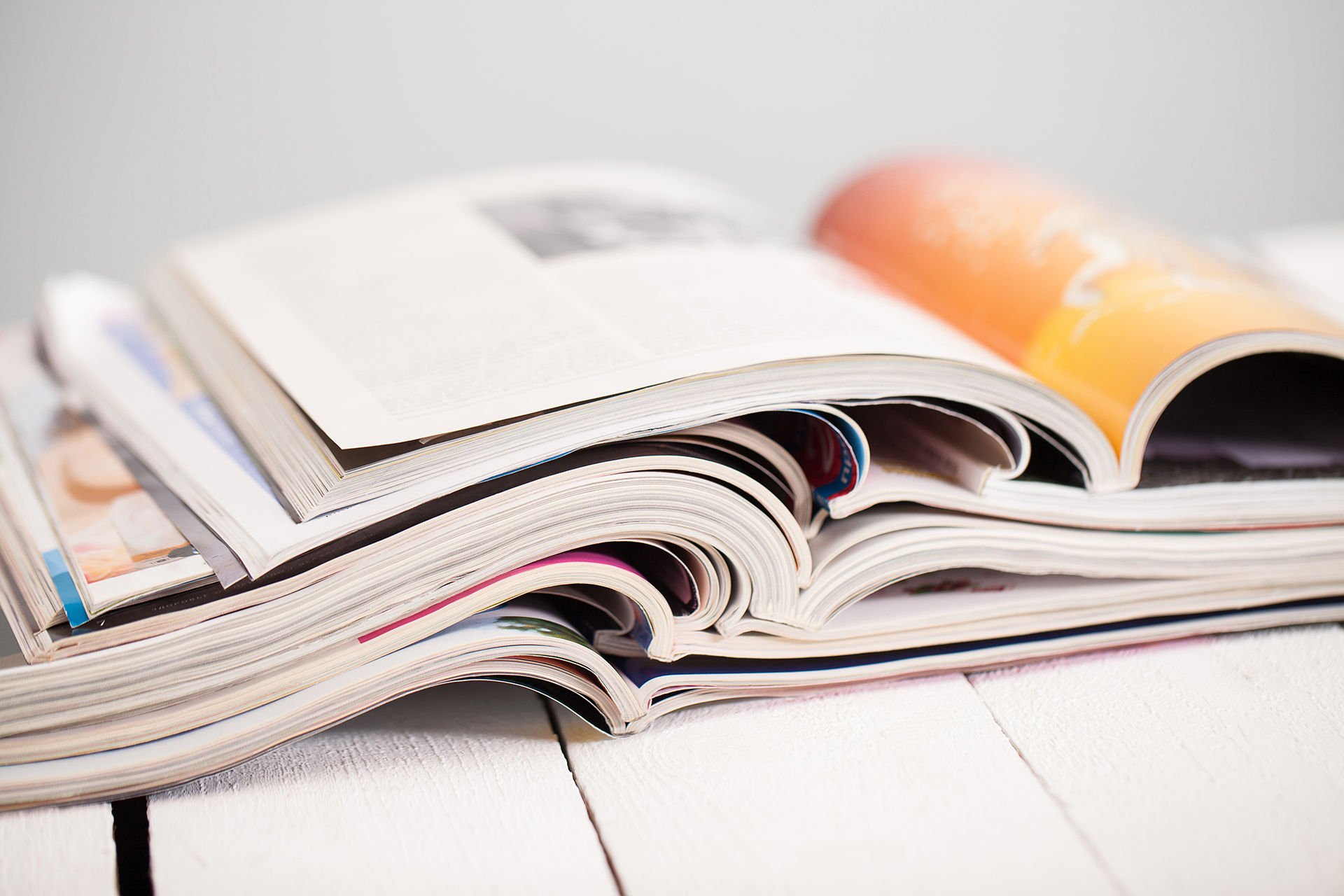top of page

MEDCI

READING

Literature Movement
1890 - 1910
During this time period, teachers began to realize the importance for students to develop an interest and appreciation for literacy. Readers used in the classroom began to include fables, myths, and fairytales. Charles Eliot, the president of Harvard, believed that McGuffey Readers should be entirely excluded from the schools and replaced with real literature.
bottom of page